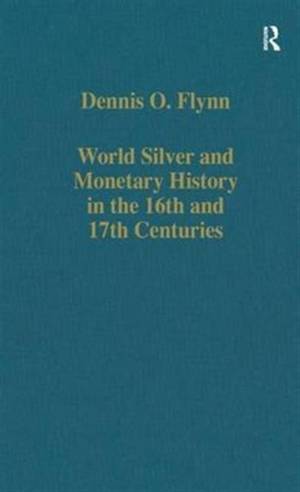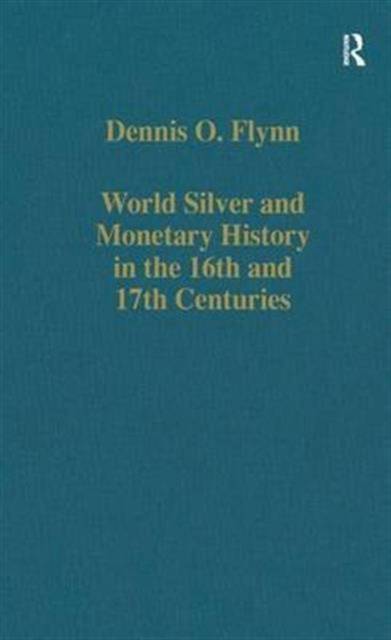
- Afhalen na 1 uur in een winkel met voorraad
- Gratis thuislevering in België vanaf € 30
- Ruim aanbod met 7 miljoen producten
- Afhalen na 1 uur in een winkel met voorraad
- Gratis thuislevering in België vanaf € 30
- Ruim aanbod met 7 miljoen producten
Zoeken
World Silver and Monetary History in the 16th and 17th Centuries
Dennis O Flynn
€ 221,95
+ 443 punten
Omschrijving
This collection reflects the evolution of a revisionist argument. The price revolution was indeed a monetary phenomenon, but Professor Flynn's position is not based upon mainstream monetary theory. Silver mines financed the Spanish Empire and Japan's consolidation. Ming China was the world's primary silver customer; Europeans acted as middlemen globally, including massive trade over the Pacific via Manila. American mines nearly led to the destruction of nascent capitalism in Europe (reverse of arguments by Hamilton, Keynes, Wallerstein and others). Silver-market disequilibrium caused silver's gravitation toward China; bullion did not flow to Asia due to European trade deficits. Such conclusions stem from application of the Doherty-Flynn model developed in the mid-1980s. Economic theory is normally applied to economic history; in contrast, development of the Doherty-Flynn model was a response to inadequate conventional theory. Theory emerged from history; its application back to history yields startling historical reinterpretations.
Specificaties
Betrokkenen
- Auteur(s):
- Uitgeverij:
Inhoud
- Aantal bladzijden:
- 336
- Taal:
- Engels
- Reeks:
- Reeksnummer:
- nr. 537
Eigenschappen
- Productcode (EAN):
- 9780860785958
- Verschijningsdatum:
- 29/08/1996
- Uitvoering:
- Hardcover
- Formaat:
- Genaaid
- Afmetingen:
- 149 mm x 224 mm
- Gewicht:
- 598 g

Alleen bij Standaard Boekhandel
+ 443 punten op je klantenkaart van Standaard Boekhandel
Beoordelingen
We publiceren alleen reviews die voldoen aan de voorwaarden voor reviews. Bekijk onze voorwaarden voor reviews.











